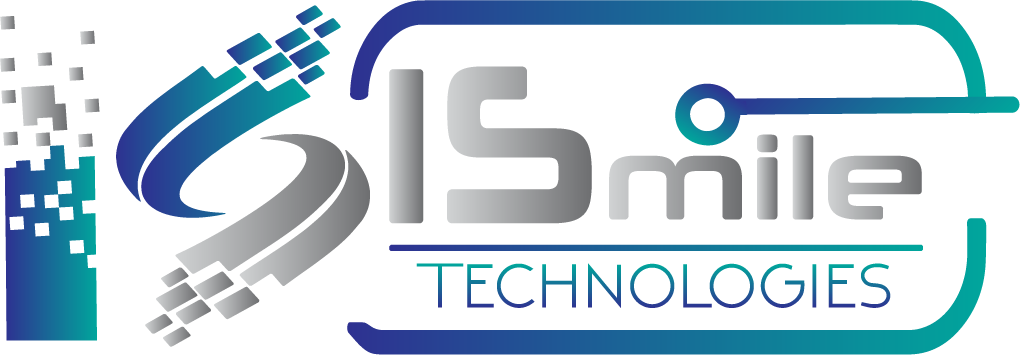Kubernetes is an open-source container or microservice platform that manages computing, networking, and storage infrastructure workloads. Kubernetes provides a framework to run distributed systems resiliently.
Kubernetes Security Challenges
Kubernetes environment security is a major concern for most organizations. Kubernetes configurations are more complex because of cloud-based multi-environment and hybrid deployments. This increases the chances of human error in system administration and can leave organizations vulnerable to cybersecurity incidents. The Kubernetes security becomes more challenging owing to the distributed and dynamic nature of the Kubernetes cluster
In Feb 2018, Telsa had a cyberattack on its infrastructure due to misconfigured Kubernetes deployment. The attackers were able to exploit this vulnerability and gain access to Tesla’s larger AWS environment. In June 2018, Weight Watchers had the same exposure in their Kubernetes instance. This allowed the attackers to gain access to sensitive details such as AWS access keys, Kubernetes pod specifications, as well as several Amazon S3 buckets that were holding the company’s data. Due to incidents like these, organizations are pressured to take strict steps to ensure the security of their Kubernetes clusters.
Organizations should follow the best practices provided below and look to automate security. Security Automation Tools such as Alcide provide continuous automation for Kubernetes’s security-related processes. Alcide Advisor automatically scans for a wide range of compliance, security, and governance risks and vulnerabilities. Then it provides insights and recommendations to ensure that clusters, nodes, and pods operate within the provided security guidelines and best practices.
Security Recommendations:
To ensure the security of a Kubernetes implementation, a set of guidelines that organizations can follow is provided below.
Infrastructure security
- Undertake updation of your Kubernetes to the latest version so that the security patches for newly found vulnerabilities can be easily applied
- All-access to the Kubernetes control plane should be controlled by a restricted network access control list.
- Nodes should be configured to only accept connections.
- Provide the cluster with cloud provider access that follows the principle of least privilege. Access must be limited to the control plane only. Encrypt all drives at rest.
- Use TLS encryptions for securing the connections between API server and the kubelets
- Disable anonymous backdoor access through the kubelet by initiating the kubelet with the –anonymous-auth=false flag and use Node Restriction admission controller to frame the access limits of kubelet
- Securely configure the Kubernetes components like Kube scheduler, the configuration files and the Kube controller manager
- Ensure security of etcd (etcd is the key value store used for data access by the Kubernetes)
Cluster security
- Use Transport Layer Security (TLS) for all API traffic.
- Use API Authentication and Authorization
- Control the capabilities of a workload or user at runtime
- Limit resource usage on a cluster Control what privileges containers run by preventing containers from loading unwanted kernel modules.
- Restrict network access.
- Restrict cloud metadata API access.
- Restrict access to alpha or beta features.
- Rotate infrastructure credentials frequently.
- Review third-party integrations before enabling them

Container Security
- Introduce Container Vulnerability Scanning and OS Dependency Security
- Introduce Image Signing and Enforcement
- Sign container images to maintain a system of trust
- Remove the OS package managers while using images as they contain unidentified vulnerabilities
- Disallow privileged users
Other recommendations include:
- Draw isolation boundaries for sensitive workloads using namespaces
- Enforce Kubernetes network segmentation policies
- Monitor process activity and communications between server, client and containerized services
- Using image scanner to identify the vulnerabilities in the images and fixing them
- Label all non-critical and non-fixable vulnerabilities so that non-actionable alerts don’t hamper the workflow of your DevOps team.
- Code Security Access over TLS only
- Limit port ranges of communication
- Static Code Analysis
- Dynamic probing of attacks







